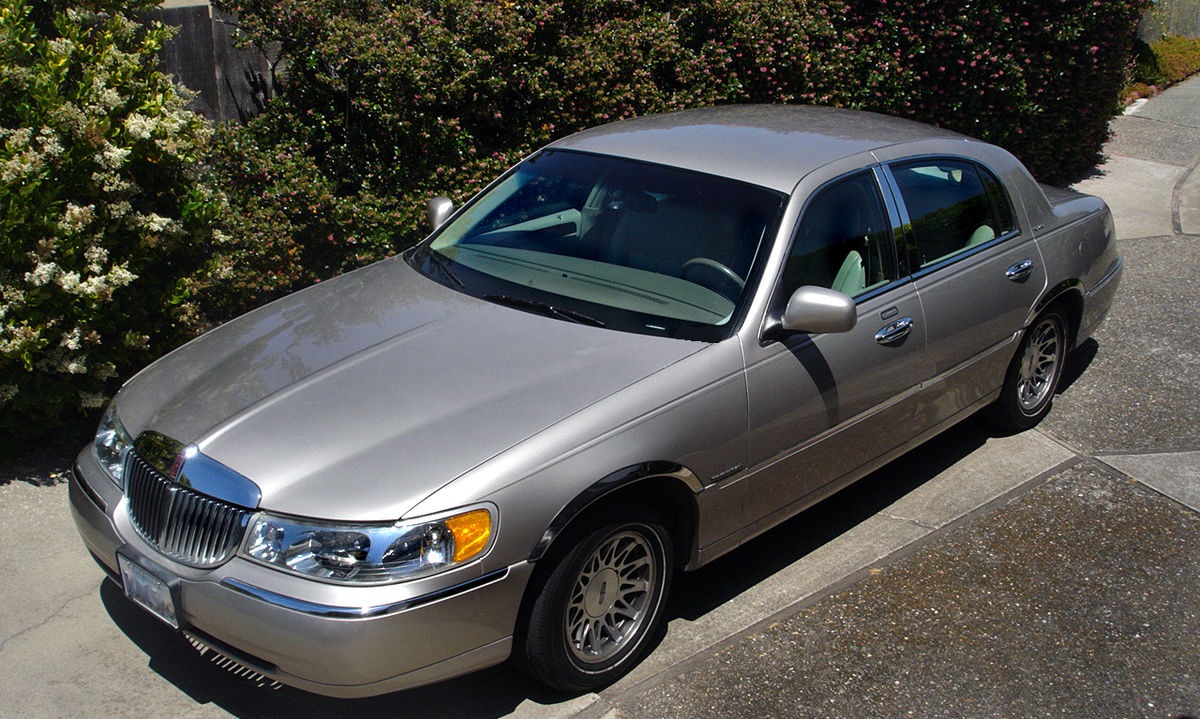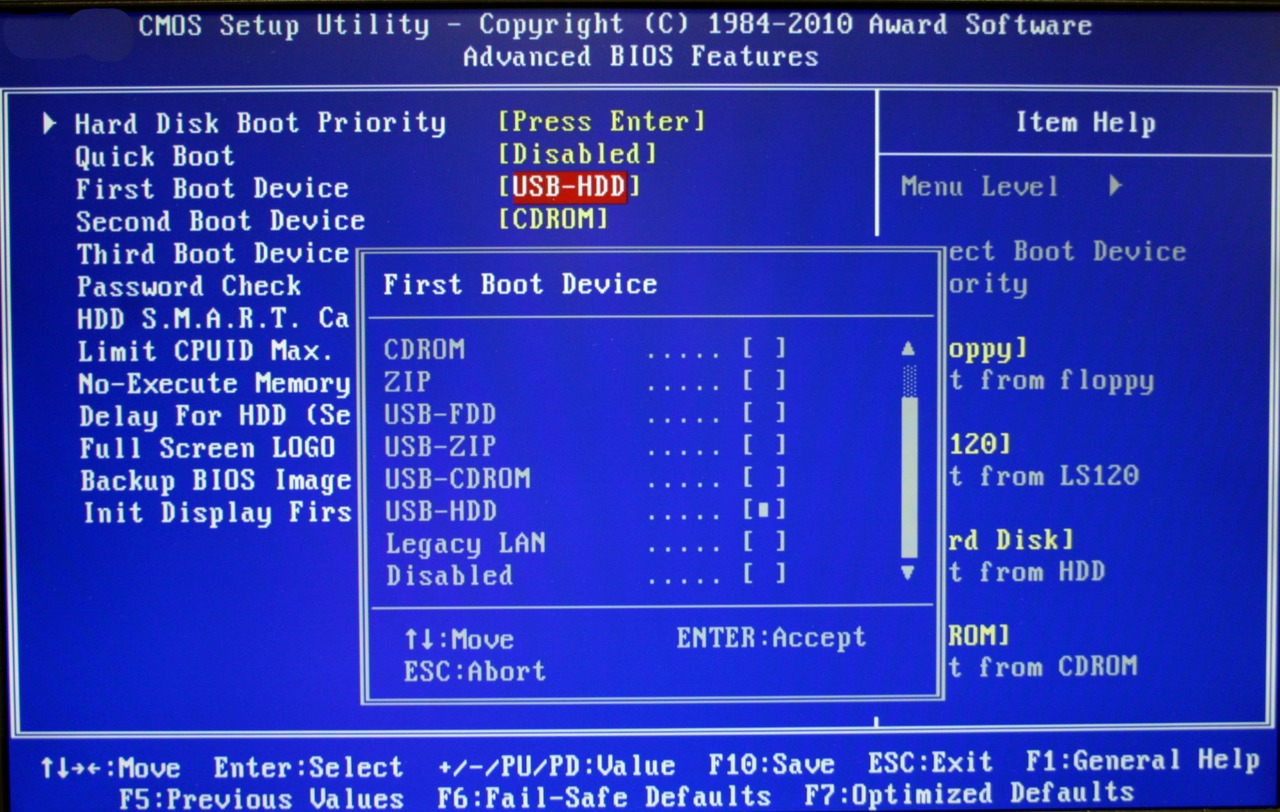Your TikTok feed keeps serving up videos of people doing some bizarre gas pedal dance, promising magical fuel economy improvements. The so-called “10-second trick” looks like automotive witchcraft, but there’s actual science buried beneath the snake oil. Your car’s computer brain can indeed benefit from a factory reset—just not the way these viral videos suggest.
Your ECU Is Learning (Whether You Want It To or Not)
Every car built since the 1990s contains an Engine Control Unit that’s constantly studying your driving patterns. This onboard computer adjusts fuel delivery, ignition timing, and throttle response based on how you accelerate, brake, and cruise.
Over months of stop-and-go traffic or aggressive driving, your ECU develops habits that might prioritize responsiveness over efficiency. This adaptive memory can gradually degrade fuel economy as the system optimizes for your driving style rather than maximum efficiency.
The Real Reset Method (No Dancing Required)
Forget the theatrical pedal choreography flooding social media. The legitimate ECU reset requires disconnecting your negative battery terminal for at least three minutes, which drains residual power and clears adaptive memory. After reconnecting, your ECU returns to factory baseline settings.
No mainstream automaker publishes a pedal dance as standard procedure—that’s pure internet mythology. Some mechanics recommend removing specific ECU fuses instead of battery disconnection, offering more targeted resets without affecting your radio presets and clock settings.
Expectations vs. Reality Check
You might notice smoother idling, improved throttle response, and slightly better fuel economy after resetting—if your ECU had genuinely developed suboptimal patterns. However, expect temporary rough running as your engine computer relearns optimal settings. This adjustment period can last anywhere from minutes to several days of mixed driving.
The improvements, while real for some drivers, rarely deliver the dramatic MPG gains promised by viral videos.
Proceed With Automotive Caution
Here’s the catch: resetting your ECU also erases stored error codes that mechanics use for diagnosis. If your car has underlying issues causing poor fuel economy, a reset might temporarily hide symptoms without addressing root causes.
Always consult your owner’s manual and consider a professional diagnosis before attempting resets, especially if your check engine light has appeared recently.
The bottom line? ECU resets represent legitimate automotive maintenance, not miracle cures. Skip the social media theatrics and stick to proven automotive science.





























